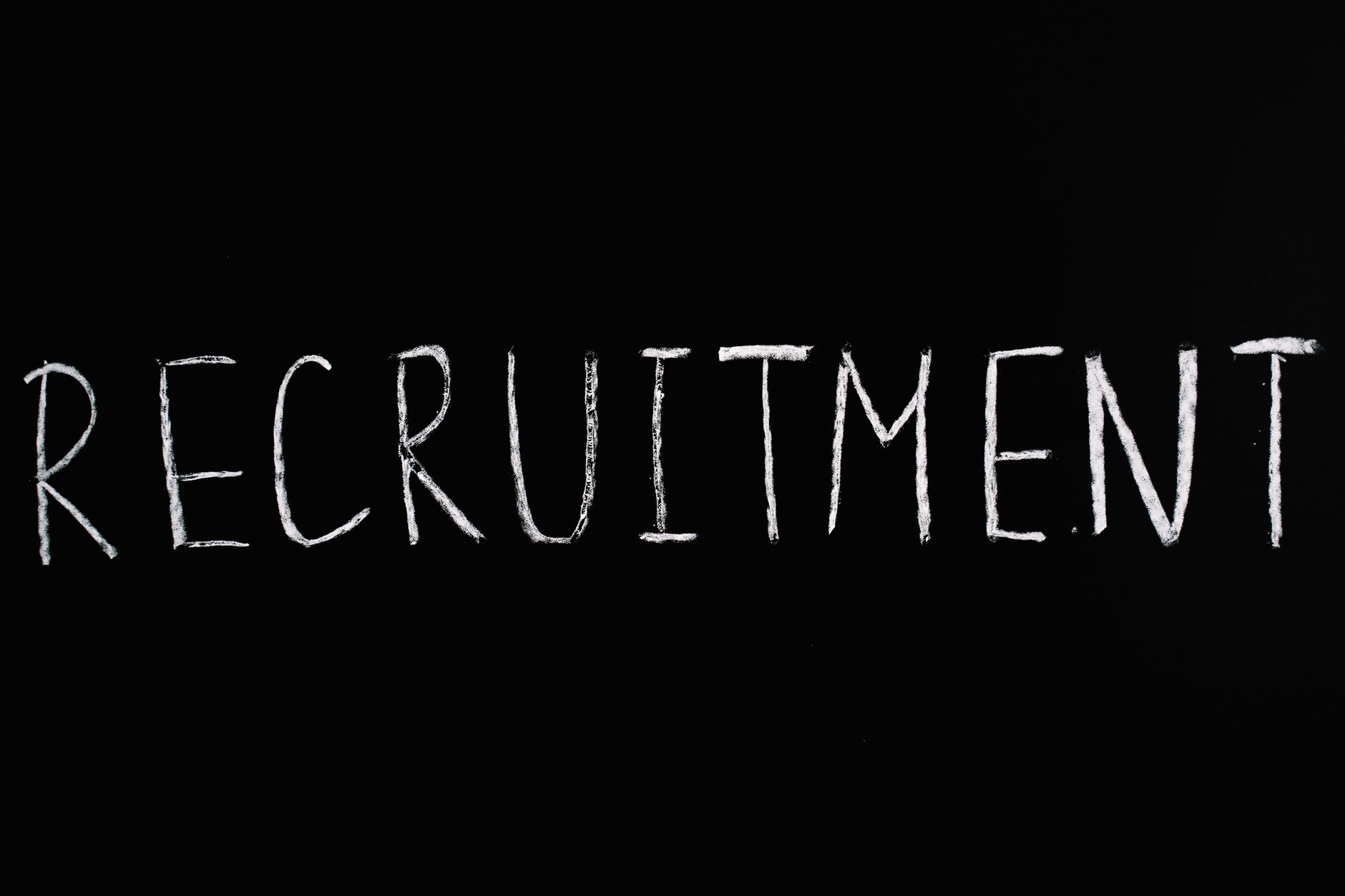Are You Prepared for Your New Recruit?

Welcoming a new employee into your team is about more than making a company announcement or adding someone new to your payroll. Taking the time to properly integrate your recruit into your business helps them to feel more comfortable in their new role, setting the stage for long-term loyalty and retention.
Additionally, a good onboarding process can help your new hire to jump into action faster, because it gives them a solid understanding of the results expected of them, and the tools they need to use to succeed. Unfortunately, many companies struggle to implant new people into their high-performing teams.
In fact, one survey of 4,000 employees around Australia, New Zealand, the USA, and the UK, found that over one in four (25%) employees started their new role without even the basic tools to do their job.
Integrating and Onboarding a New Employee
As most companies know, hiring the perfect candidate with the help of a recruitment agency is only the first step. Once you have your star performer, you’ll need to make sure that they stick around. A proper onboarding process can assist with this, by giving your candidates roots in your business.
Unfortunately, welcoming a new recruit is something that many organisations skip. In fact, some studies say that only 20% of companies deliver all the right information when welcoming a new hire. Of course, when employees don’t get the support and guidance they need to thrive in a new role, they can feel overwhelmed and undervalued.
In a skills-short market, you can’t afford to lose your talent to poor onboarding.
Here’s how you can roll out the welcome mat.
1. Prepare their Workspace

The most obvious thing to consider when welcoming a new recruit is the logistics. Be sure that when your recent hire arrives at work, they’ll have the tools and resources they need to accomplish their goals. Appoint someone to greet the employee when he or she arrives and show them to his or her space which must be equipped with everything they need, such as:
- A computer or laptop
- A phone and internet access
- Safety equipment and tools (For manufacturing and engineering professionals)
- Software (For technology, finance, and marketing hires)
- Office supplies
- How-to guides or manuals
This step shows your new team member that there’s a place for them in your company. It also means that they don’t need to run around solving logistical issues and can jump straight into work instead.
2. Engage from Day One
For an employer, interactions with a new recruit don’t stop after the interview process is over. Today’s candidates expect their boss to engage with them from the moment they’re offered the role.
In some cases, there’s a gap between employment and recruitment – and bridging that gap can help to make your new employee feel comfortable and confident as they approach their first day. If you don’t connect with your candidate quickly enough, that may make them re-think accepting your job offer.
Once you know someone’s ready to join your team, immediately provide them with a start date, and set up any necessary training or onboarding introductions.
3. Establish a 60, or 90-Day Plan

Effectively onboarding new staff is all about helping them to reach their peak productivity in your company, as quickly as possible. A good way to boost engagement and support your hires is with a 60, or 90-day plan. If you’re recruiting for a particularly complex role, 90 days may be the right choice, as it allows your candidate more time to integrate into your company culture.
During the first 30 days or so, you can focus on helping your recruit to learn the ropes. This means introducing them to the tools you use, your culture, and the people they’ll be working with every day. By the second month, you’ll be able to start ramping things up with more significant responsibilities, and more independence.
Easing your employee in like this, with distinct goals to achieve by the end of each month is a great way to keep them on track as they enter your organisation.
4. Create a Process for Training
Depending on the nature of the role you’re hiring for, you may need your employee to complete academic training either before they start, or outside of work hours. However, if your new staff member is mostly equipped for the position, then much of their training may take place on-site.
An excellent way to train new hires is to have them shadow other people in your business that perform a similar job. This gives them a chance to see the habits they’ll need to build to succeed while networking with and learning from a peer.
A mentorship programme can also be a great way to keep senior-level team members happy and engaged.
5. Review Your Methods and Ask for Feedback

Finally, remember that successful onboarding isn’t a set-it and forget-it process. To make sure that you’re correctly welcoming people into your team, continually examine your methods, and ask for feedback from your hires. The more you discuss onboarding with your employees, the more you can improve your plan over time to serve future staff.
The global survey we mentioned above shows that up to 88% of employees feel uncomfortable raising issues about onboarding. However, if you can encourage honest and open reviews, you’ll find that it’s much easier to retain the people you spent so long searching for.
Recent Comments